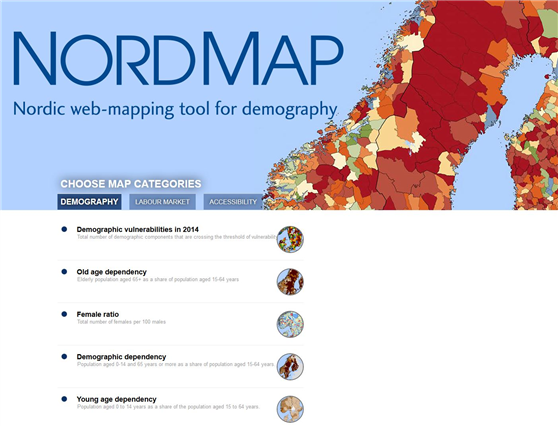18 Maps











Change in Foreign Born 1995-2015
This map shows the change in the foreign-born population in the Nordic municipalities between 1995 and 2015. The smaller map shows the change in the foreign-born population in the Nordic Regions between 1995 and 2015. The blue tones indicate municipalities or regions with an increase in their foreign-born population between 1995 and 2015. The darker the blue the stronger the positive change. The red colour indicates municipalities or regions with a decrease in foreign-born population between 1995 and 2015. There has been an increase in the percent of foreign born in almost every region in the Nordic Region. Over the past 20 years, the share of the foreign-born population in the Nordic Region has increased from 6.5% to 14.3%. On the national level, the increase has been fastest in Norway followed by Sweden. At the regional level, the increase has been fastest in Rogaland, Oslo and Akershus in Norway and in Suðurnes in Iceland. The only municipalities that have seen declines in the percent of foreign born are municipalities in Iceland and central and northern Finland outside the larger urban areas and across Greenland.
2018 February
- Demography
- Nordic Region

Major immigration flows to the Faroe Islands, Greenland and Iceland 2010-2016
Average annual flows above 1000 people by country of origin Migration flows by country of origin are of growing interest in the Nordic Region due to the recent unprecedented inflows of migrants. There are also interesting differences between the Nordic countries with respect to the dominant countries of origin of migrants and the size of inflows. The Faroe Islands and Greenland each had one average annual inflow greater than 1000 people during the measured period, in both cases from Denmark (around 2000 to Greenland and around 1000 to the Faroe Islands). Iceland had average annual inflows just above 1000 people from two countries, Denmark and Poland.
2017 June
- Demography
- Iceland
- Migration
- Nordic Region
- Other







